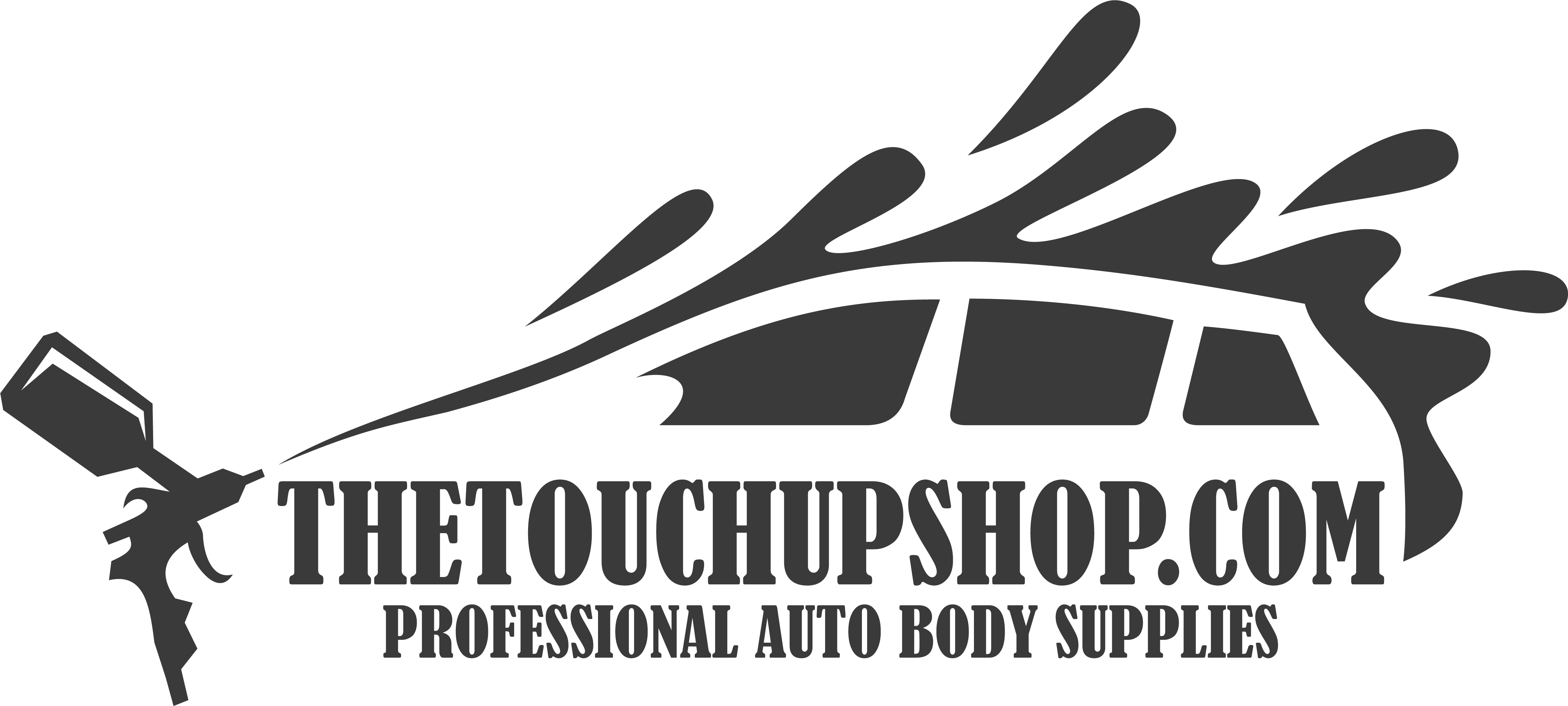Genuine Automotive Paint: Why Prep is Key to a Great Outcome
It is no secret that for best results, in anything, preparation is the key to success. It doesn’t matter if you are making a delicious meal, rebuilding an engine or repainting your car with genuine automotive paint. The recipe for success is always the same. Plan, prepare and execute.
Without proper preparation, you can’t execute your plan properly. You may reach your goal or finish your project but for the best possible results, you need to prep. Abraham Lincoln said it best over a century ago when he remarked, “Give me 6 hours to chop down a tree and I will spend the first 4 sharpening my ax.”
He understood the need for preparation. It is as true today as it was then and it applies to almost all tasks, big and small. When it comes to doing a great paint job or repair job on your car, that means everything from when and where you paint to using the right factory spray paint matters. The road to project success is paved with preparation. What does that road look like for you?
- Where You Paint is as Important as What You Paint
Having a perfect paint job is not as simple as getting the right OEM auto paint supplies and slapping them on your car. Where you paint your car is as important as the type of OEM touch-up paint that you use.
Places that are not suitable for painting.
- Your backyard
- Your driveway
- Anywhere outside
- Rooms with little to no air circulation
- Very humid indoor areas
Places that are suitable for painting.
- A body shop paint booth
- A properly ventilated garage that is safely and properly masked off from the house
- A detached garage that is properly ventilated
If you do not have a suitable area to paint your vehicle, you run the risk of having dust, debris or moisture ruin your paint job. Even the best factory spray paint won’t hide those types of blemishes. Make sure to prepare the location where you will be painting your car.
- Time Your Paint Job Accordingly
Another important factor that will affect the finished look of your genuine automotive paint is the temperature when you apply your paint. While this isn’t exactly a step that is “prepping the car for paint”, it does make a difference. That’s why choosing when you paint is important.
If you are going to be painting in a garage or ventilated room that is not a paint booth, morning is typically best. There are fewer bugs flying around and the temperature is good. If the temperature is going to be hot, make sure that you paint earlier in the day to avoid the blazing heat. 65 to 90 degrees is the ideal temperature to use your OEM touch-up paint or any of your OEM auto paint supplies.
- Removing Any Trims or Non-Paintable Parts Gives You a Clean Canvas
On every vehicle, there are emblems, trims and other little pieces that you do not want to cover in paint. Stripping these off in the beginning is critical to having a fully prepared surface to paint. If it makes more sense to mask, you can do that as well but removing them gives you a full and open canvas to do your work.
- Ensure the Surface is Ready for Your Original Car Spray Paint
Genuine automotive paint and factory spray paint does a great job of refreshing the look of the surface but what it doesn’t do is repair the chips and nicks that are already existing. For this, you need to do a bit of repair work.
The supplies you need to do the work will depend on the severity of the damage. Rock chips and nicks may be “feathered out” using sandpaper and sanding until you can no longer feel the nick or chip and it is smoothly sanded into the rest of the surface. If the paint is cracked or peeling, then it needs to be stripped to the bare metal.
- Sand, Sand, Sand… and More Sanding
Safety is key when it comes to sanding because if you are going to be painting, you are likely going to be sanding. If your paint job needs to be taken down to the bare metal, you will be doing a lot of sanding. Make sure to have proper masks, glasses, gloves and respirators to do the job right.
When it comes to sanding, start with low grit paper and successively move to a higher grit. This will ensure that you won’t see any scratches through your OEM auto paint supplies. Start with 80 grit, move into 120 grit and so on until you have sanded with at least 320 grit sandpaper. Make sure not to exceed 500 grit because the surface won’t be rough enough for your factory spray paint to stick to.
- Get Rid of All the Rust
The bane of every car owner’s existence is rust. It is the gift that keeps on giving. It can take your beautiful and dreamy genuine automotive paint and turn it into an orange and brown nightmare. Before moving into painting, remove any rust that is present. If you don’t, you may as well throw your original car spray paint and OEM touch-up paint in the garbage because you will see the rust through the new paint and it will continue to eat away at the car.
Really bad rust needs to be repaired properly with metalwork but lighter rust damage can be sanded out. Make sure you are down to the bare metal to get rid of the rust completely.
- Double Check All of Your OEM Auto Paint Supplies for Compatibility
It seems silly to think that you wouldn’t check that your paint supplies matched before you painted your car but mistakes can happen. With companies like TheTouchUpShop.com, you can easily find the OEM auto paint supplies you are looking for. Simply find the paint code that belongs to the make and model of your car and input the information into the system. Voila! You will have the exact match for your car’s color.
- Apply Primer Before Any Genuine Automotive Paint
The primer is the base layer that your paint will adhere to, making it an incredibly important step in the preparation process. Why go to the trouble of getting original car spray paint colors just to apply it to a terrible primer layer. Doing it right the first time means that you won’t have to come back and do it again.
If you are doing a whole metal panel, there is a primer layer that goes on before your filler primer, which will fill in any low spots and then is sanded to get an even surface. This eventually gets a sealer coat of primer, which is then painted. If you are doing smaller work, the sealer primer can be enough of a base layer to paint on.
- Proper Masking and Taping Are Essential to a Clean Finished Paint
When doing paintwork, it pays to invest in proper tape and masking materials. Using things like newspaper and butcher paper leads to issues like ink bleeding and rough paint lines. The right masking and taping materials ensure that your factory spray paint stays where it is supposed to.
There are plenty of great resources available online that can show you how to properly tape and mask your car so that your OEM touch-up paint job looks like it came straight out of the body shop paint booth. Original car spray paint can have a professional finished look to it… if you take your preparations seriously.
- A Final Wipe Gives the Genuine Automotive Paint the Perfect Shine
This isn’t a prep item but it is one of the most satisfying steps in the entire process. Giving your fresh factory spray paint a final wipe and exposing the finished work feels great. It is especially great if you made sure to take the extra time and did the extra steps to make sure it was done right.
The Touch Up Shop
When it comes to supplies for all of your OEM touch-up paint needs, TheTouchUpShop.com has everything. Preparation is easy when you have the right tools and materials. From genuine automotive paint to safety gear and full repair kits, TheTouchUpShop.com has you covered.
When Abe Lincoln spoke about sharpening his ax, he didn’t think anyone would sharpen it for him. He was doing it on his own. Here, at TheTouchUpShop.com, we have done the sharpening for you. All the paints and materials you need to properly prep and paint your car is waiting for you, at your fingertips. Time to get swinging!

Share:
The Best DIY Car Paint Kits for 2022
Do You Need Vehicle Touch-Up Paint? The Touch Up Shop Has Everything You Need